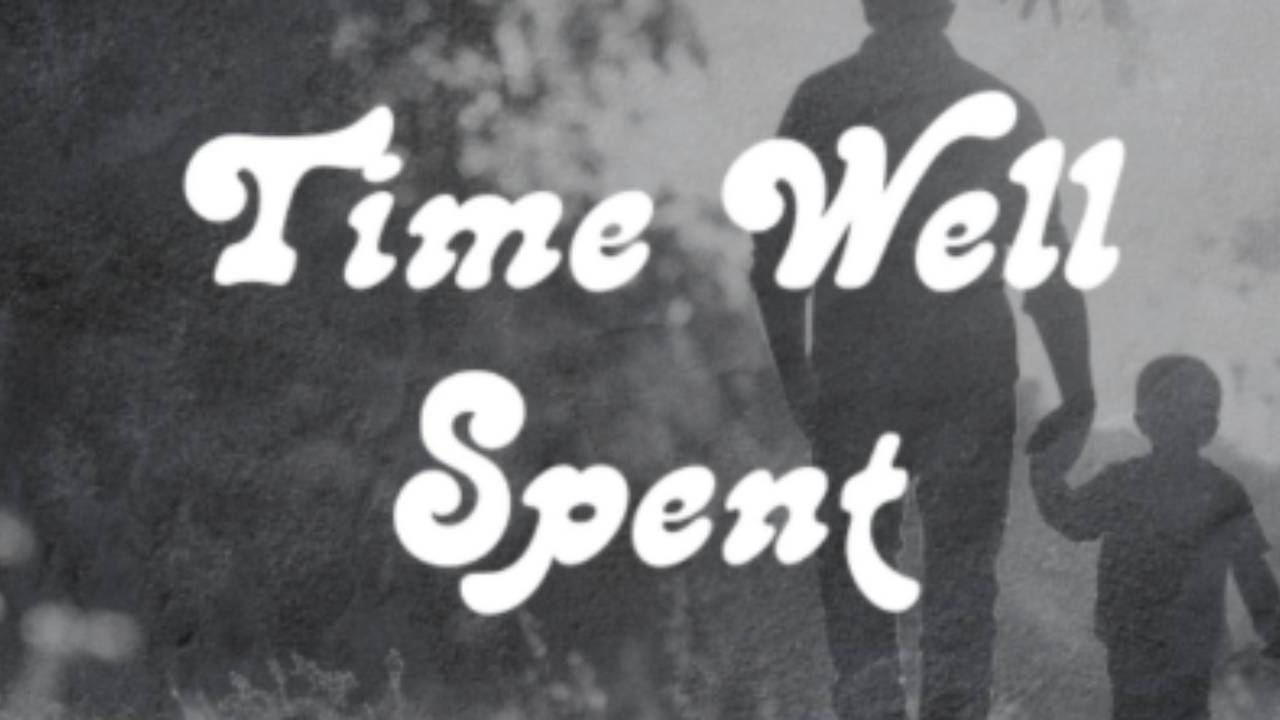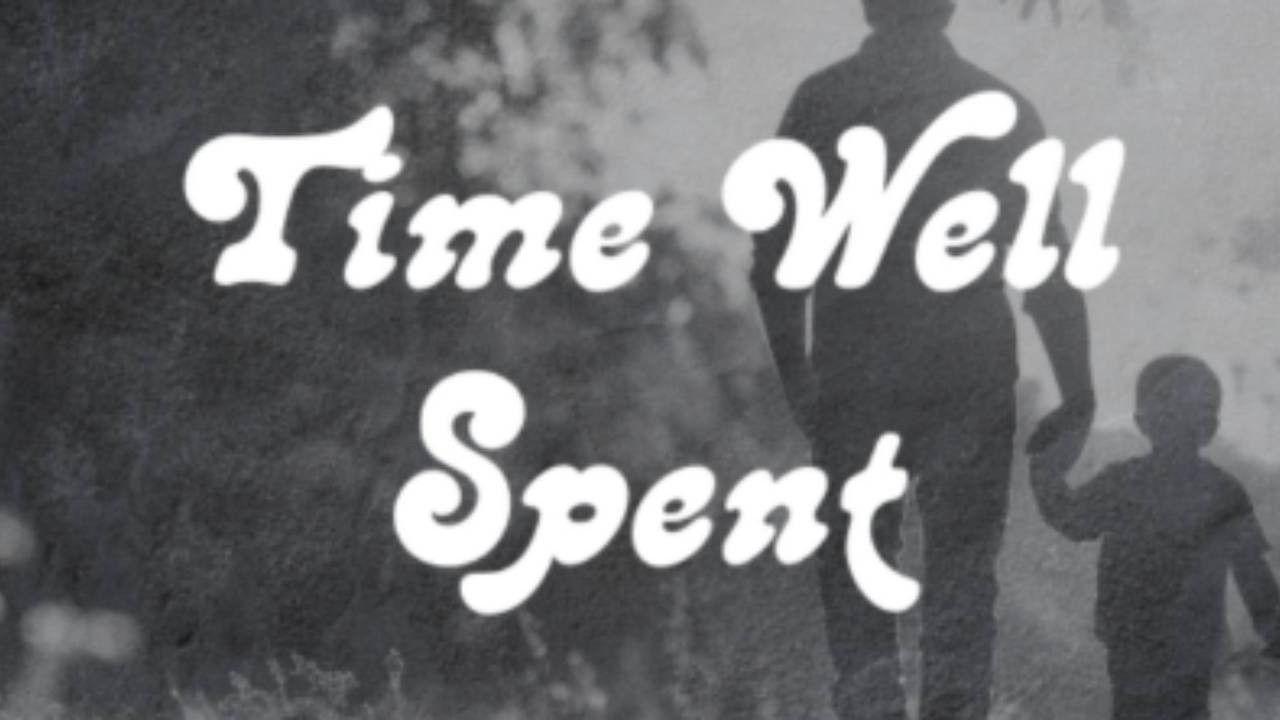Time Well Spent 001: Actionable Tips to Creating Work Life Balance

I have to put my phone in the other room after I finish my work day. I'm too anxious and dedicated to keeping the ball rolling on my projects at work to have the self control to not compulsively check my phone.
What if its a slack message from our CEO? What if an engineer is planning on knocking out a key feature but needs my input before doing so? What if a customer pings me with a key piece of feedback that might change our POV on a particular feature? What if a big time influencer DMs me on social to help promo our new product.
What if the sound my phone makes isn't related to any of this and I'm just getting hit with another spam email from LinkedIn with another bot trying to sell me some shit I don't need...
To be honest, none of those thoughts should get in the way of being present for my family. If I'm working 10-12 hours a day, my family deserves the 4 hours a day that I can actually give them to be ENTIRELY disctraction free.
As a Dad, how do I put my work aside to dedicate my most valuable asset (My attention + time) to those that deserve it (my family)?
Start with removing triggers -- visual and auditory triggers will engage the standard behavior schemas that you have in place. You're Pavlov's dog but trained to have slack/email notifications to incite micro-anxiety attacks.

Remove Physical Triggers: For me, this means putting my phone in another room once I’ve signed off for the day. I tend to check my phone compulsively, worried I might miss a message from someone high up in the company who expects a prompt response. This constant checking feeds anxiety and disrupts my ability to unwind.
Silencing Auditory Cues: It’s not just the sight of the phone that’s problematic. Auditory triggers, like notifications from various apps, can also drive the compulsion to check your phone. Often, I find myself hearing a notification and thinking it’s a work-related message, only to realize it’s not. Yet, by then, I’ve already slipped into checking my work messages.
These physical and auditory triggers prevent us from achieving a true work-life balance. Let’s discuss why disconnecting is crucial.
Setting a Good Example: I have a son who is almost two, and I don’t want him to see me on my phone when I’m with him. It’s important for him to understand that he’s the most important thing to my wife and me when we’re together.
I’m not perfect. He’s definitely snatched my phone out of my hands while I was working, and it haunts me how long he watched me before taking it. Kids are highly impressionable, and what they see us do regularly shapes their view of the world. If they see us constantly glued to our phones and showing negative or stressed emotions, it can warp their perception of the world.
Family Agreement: My wife and I discussed this last Friday after particularly tough work weeks. We decided to put our phones in another room and established a new household rule:
No phones during dinner — ever. We already have a similar rule about no TVs during dinner, so it translates to no screens during dinner.
Why This Matters: There is immense value in sitting down and spending time with family at the end of the day. Nothing on the screen is more important than the face-to-face time with your family. This practice is crucial regardless of your family dynamic — whether you’re a multi-parent or single-parent family, or have one child or several.
Prioritizing family time and setting clear boundaries between work and family life teaches your kids to value family time and makes them less likely to be distracted by technology in the future.
Time Well Spent Action Steps:
- No screens at dinner — ever.
- Create a family mode on your phone that blocks notifications from work or social platforms when you’re with family.
Creator Tips:
Writing a newsletter with a stream of conciousness audio clip.
Prompts:
- Act as my newsletter writing assistant.
I'll start this session by providing you with "notes" about a newsletter I want to write. I used audio to transcription. Take that into consideration if any errors exist int he notes, please analyze it carefully and match all your responses in this session with the same writing style. Do not respond until I provide the notes and additional information about the newsletter, do you understand. -
The name of the Newsletter is "[Newsletter Name]". The description of the newsletter is: "[Newsletter Description]". The audience is: "[Target Audience]" Write the first draft of the newsletter post. Make sure that the post can be consumed in less thatn 5 minutes of reading time. Start the post with an annecdotal story taken from the "notes". Format the post to be broken down into clear sub-topics. End the post with clear actions for the reader to take.
-
Brainstorm 3 catchy Newsletter titles for this post. Write a title, email subject line, and email preview line for each title.







Responses